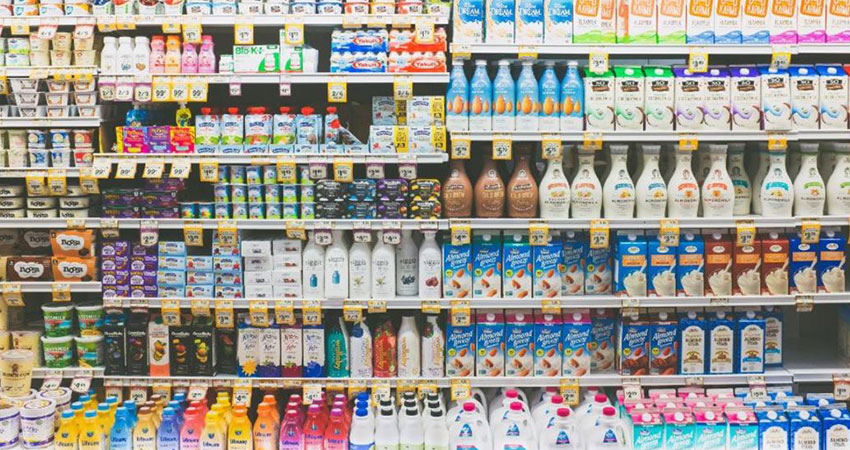Grocery assortment planning has been upended by omnichannel.
Grocers had been comfortable relying on broader, older models that identified underperforming products to remove from a store shelf, or leaning into models that focused on SKU rationalization. But today’s grocery assortment planning is an entirely new bag of challenges.
For one, omnichannel shopping has become the norm and an expectation in grocery, with McKinsey calling it table stakes in a recent state of the industry report. The analyst noted nearly a third of consumer goods retailers surveyed expect ecommerce to represent more than 35% of sales in the next five years.
This trend means is every retailer needs to optimize assortments that meet online and store shoppers in one holistic customer view. Category managers need to use information like demographics, household, allergies and product attributes to meet customers where they’re shopping, how they’re shopping (delivery platforms and in-store) and when they’re shopping to optimize an assortment best suited to fluid omnichannel shoppers.
A complete picture is required to achieve the most efficient grocery assortment available across channels and reach a clicks-bricks balance. By optimizing assortment for the omnichannel era, you can streamline the category review processes, increase operational efficiency and grow your categories.
More Than Rationalizing SKUs
Retailers have long established processes that enable them to find underperforming products within the category set and remove them if needed, or adjust shelf space allocation to increase sales of higher-performing products. It’s SKU rationalization, but it’s not assortment optimization.
The older, more manual legacy processes and programs help grocers achieve sales and profit goals. However, they could stall future growth by not leveraging AI-based solutions to understand and engage the wide range of today’s omnichannel consumers. Here’s why:
Less loyalty: Inflation and the rise in prices have consumers looking to brand switch on value, while other shoppers are doing so because competitors meet more specific lifestyle and diversity needs.
Channel switching: Shoppers are also less loyal to how they buy goods today. For example, some will tap into a subscription service for scheduled renewals, while others might only buy large bulk items like a bundle of paper towels for delivery, yet buy produce in store. Shopping behavior is all over the map and it greatly impacts assortments.
Fulfillment needs: The rise in online shopping for groceries has greatly impacted how retailers use physical stores as an online fulfillment house. Changes in how consumers buy and what they buy are making it difficult to run an efficient and thriving shelf set.
There are many variables impacting the scope of retail business and how consumers shop that force retailers to look at grocery assortment optimization in a new way.
A Dynamic Model for Dynamic Shoppers
The benefit of near real-time, data-driven assortment optimization is to enabling retailers to identify sudden shifts in shopping behavior and prepare a shelf set for online and store shifts.
Understandably, retailers find it difficult to review categories more than once or twice per year. But technology that identifies real opportunities as they appear enables them to react more quickly and focus their attention where it needs to be. Some categories may only need to be touched once a year, but others require real-time action to provide a competitive edge.
Data and analytics can offer you insights on a store-by-store level that you can integrate into larger omnichannel category management strategies and systems. This presents a holistic, single customer view indicating how the shelf should be optimized.
There is more money in omnichannel shoppers, too. Data from SymphonyAI Retail CPG shows that when they go back to strictly buying inside stores, they spend almost 3% fewer dollars.
Omnichannel shoppers are increasing the number of times they buy, using all the conveniences given to them by a grocer, and they’re executing larger transactions. Consumers are also browsing and shopping on mobile devices in the aisle, researching items at home on desktop, using scanners in the store and pushing a cart down the aisle. The dynamic way they shop today requires retailers to be nimble with their grocery assortment optimization.
Out with the Old, In with the New
The days of analyzing static, one-off data snapshots to make various assortment decisions are in the past, along with legacy systems and older strategies driven by SKU rationalization. A more dynamic AI-driven approach is needed to succeed in today’s omnichannel world. Each shopper is a unique, multi-dimensional opportunity to optimize assortment, but only when using the right data, the right way.
Julian Miller is Global Head of Retail Solutions Success for SymphonyAI Retail CPG

